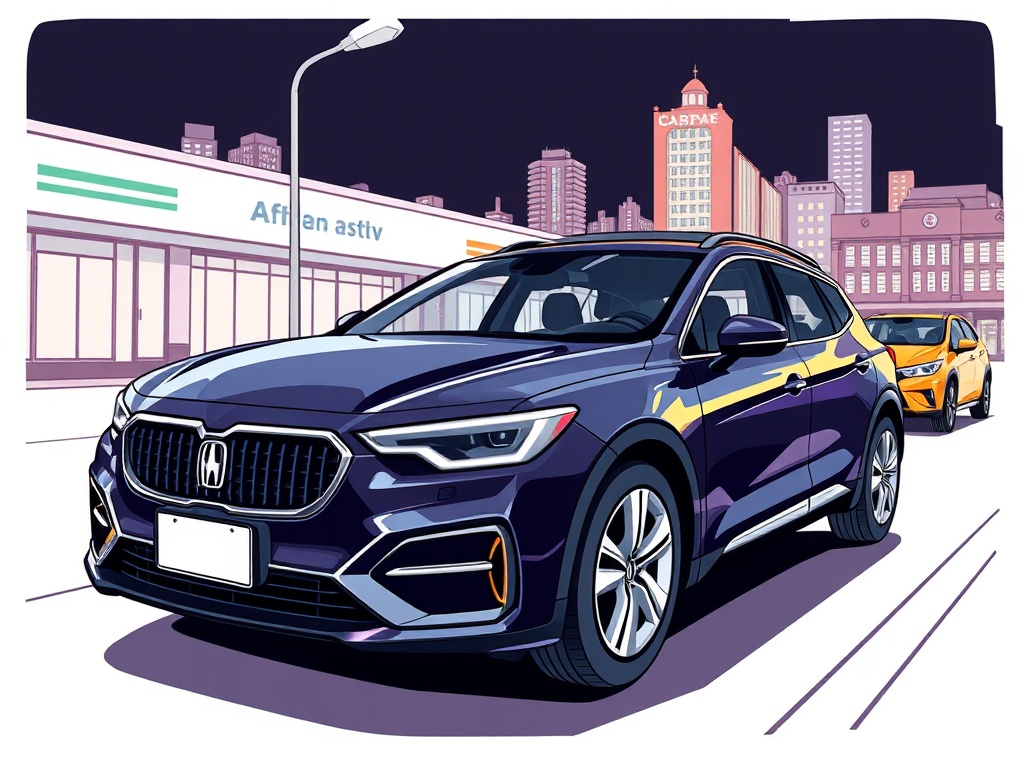Uber’s evolving playbook: electrification, multimodal trips, and what riders and drivers should know
Uber has long been synonymous with on-demand rides, but the platform is now positioning itself as a broader mobility and delivery ecosystem. A push toward electrification, expanded delivery services, deeper public-transit integrations, and product changes aimed at safety and reliability are shaping what riders and drivers can expect.
Electrification and sustainability
One of the biggest shifts is toward electric vehicles (EVs). Uber is encouraging drivers to switch to EVs through incentives, charging partnerships, and in-app guidance. The company is also investing in charging infrastructure partnerships to reduce range anxiety and downtime for drivers. For riders, choosing electric options often means quieter, cleaner trips and access to special green ride types in the app.
Multimodal mobility and transit integration
Uber’s app has been expanding beyond private rides. Integration with public transit, micromobility providers, and short-term rentals is making it easier to plan mixed-mode trips within a single interface.
This multimodal approach helps solve first-mile/last-mile challenges by combining rideshares with buses, trains, e-bikes, and scooters for faster, cheaper, and more sustainable journeys.
Delivery and logistics: beyond riders
Delivery remains a major pillar.
Uber Eats continues to evolve with better restaurant partnerships, grocery and convenience delivery options, and faster pick-up features.
On the logistics side, Uber Freight connects shippers with carriers through a digital marketplace, streamlining truckload bookings and offering real-time tracking and pricing transparency.
Safety and trust features

Safety tools are central to maintaining rider and driver trust. In-app features like real-time trip sharing, GPS-based route monitoring, and emergency assistance are standard.
Uber has also been rolling out enhanced identity verification and background-check updates for drivers, along with stricter policies for conduct and insurance compliance in many regions. Riders can check driver details, vehicle information, and star ratings before the trip starts.
Pricing, incentives, and driver earnings
Surge and dynamic pricing are still part of the platform to match supply with demand during busy periods. At the same time, Uber has been testing subscription-style offerings that provide fare discounts, delivery credits, and other perks for frequent users. Drivers may see earnings impacted by local regulations, incentives for high-demand times, and bonuses for using electric vehicles; careful attention to time-of-day patterns and in-app promotions can help optimize income.
Practical tips for riders and drivers
– Riders: Compare ride types (economy, shared, green, premium) to balance cost and comfort. Enable trip sharing with friends or family for added safety. Use price alerts or subscription plans if you ride frequently.
– Drivers: Keep an eye on earnings tools in the app, track expenses for tax purposes, and take advantage of vehicle incentives or charging partner programs. Prioritize high-demand windows and learn local hotspots to reduce idle time.
Looking ahead
Urban mobility is shifting toward integrated, climate-conscious systems where ride-hailing is one piece of a larger puzzle. Companies that continue to invest in cleaner fleets, seamless multimodal planning, and safety innovations will shape how people move in cities. For everyday users and drivers, staying informed about app updates, local regulations, and emerging incentives will help make the most of what the platform offers.